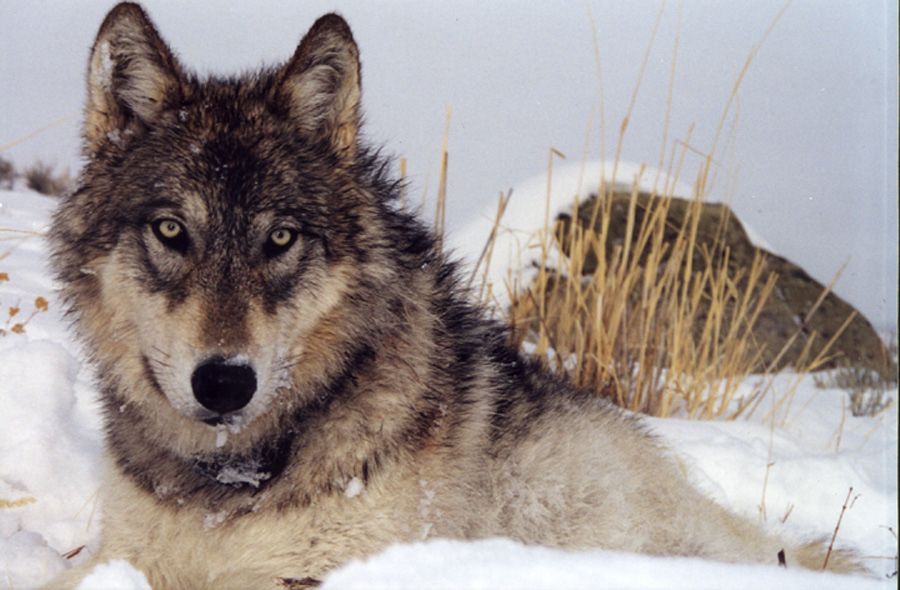On Feb. 2, the U.S. Fish and Wildlife Service’s (FWS) reaffirmed its previous finding that the gray wolf in the Northern Rocky Mountains region faces no threat of extinction.
“The gray wolf population has met FWS recovery goals since 2003 and has not been at risk of extinction since before that time,” said James L. Cummins, president of the Boone and Crockett Club, and a wildlife biologist by training.

Along with the announcement on the gray wolves in the Northern Rocky Mountains region, the FWS announced the beginning of a new recovery plan for gray wolves for the lower 48 states. Cummins argues that the issue is not that the gray wolf will disappear, but that people cannot agree on how many wolves should roam the country and where. The real question, he says, is how to best manage a sustainable wolf population rather than recovery. “Each state must regain the authority to carry out its own management plan,” says Cummins.
For the last 20 years, the FWS has consistently found that the gray wolf no longer needs the protection of the Endangered Species Act (ESA). However, any science-based decisions to remove the gray wolf from the endangered species list have been undermined by the political and legal efforts of those who oppose delisting. It’s clear that the growing wolf population cannot be managed effectively under ESA rules. Out of frustration, others have initiated their own political and legal efforts in the opposite direction, proposing a dramatic and unrealistic reduction in the wolf population.
“Citizens, states, the FWS, and Congress must all respect differing viewpoints,” said Cummins, “but it is time for scientific management to prevail over legal and tactical maneuvering. Our duty to find a science-based solution is more important than allowing a small group of others to prolong controversy by ignoring wildlife science for fundraising purposes and litigating at taxpayer expense. With this decision, we hope that all who want to have wolves on the land in a way that can be supported by all members of the community now will work constructively for the greater good.”


